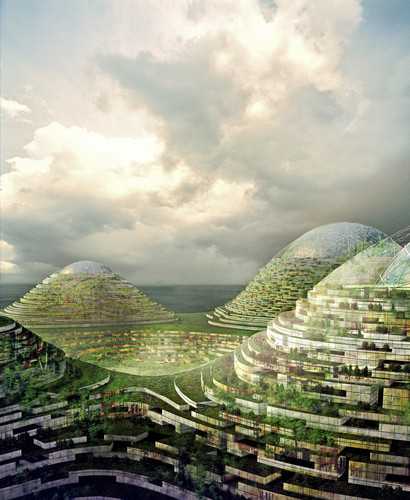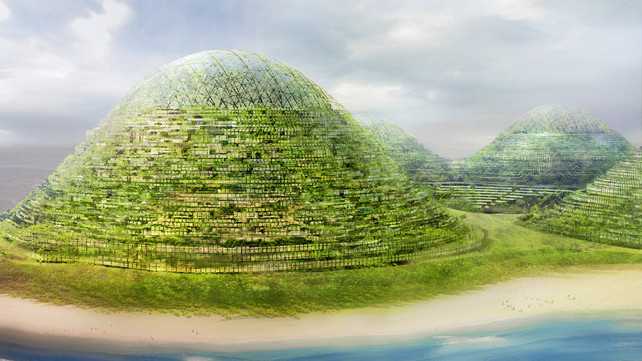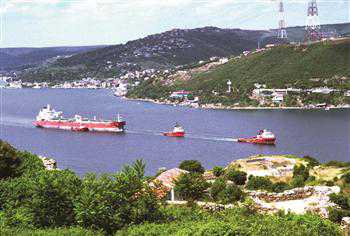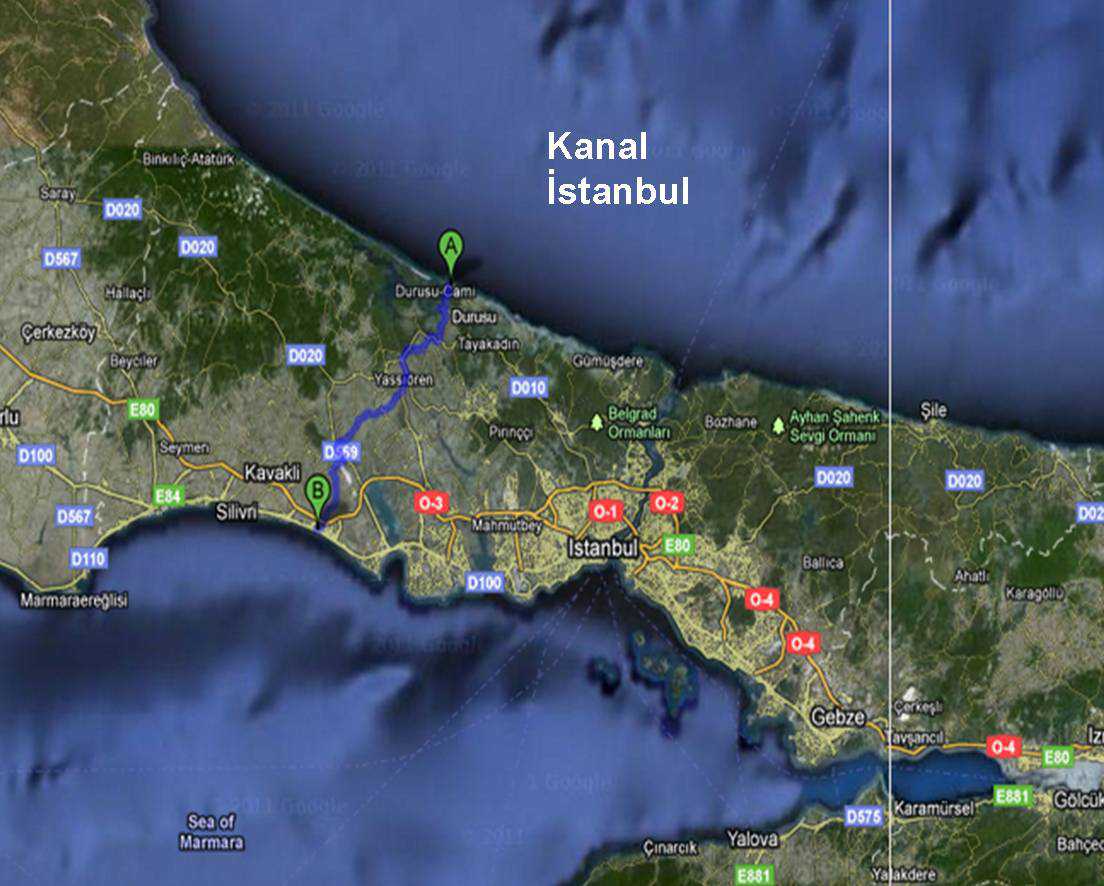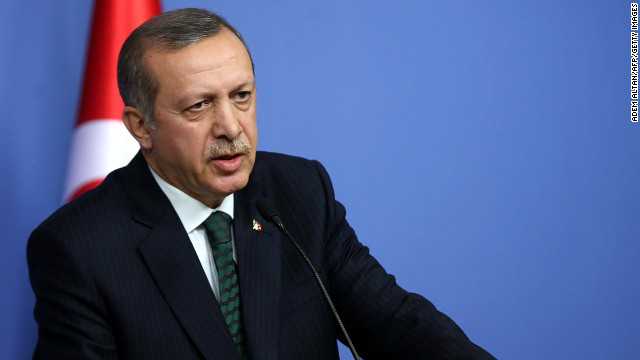Erdoğan’ın Kanal İstanbul Projesi uluslarası ekolojik hayatı tehdit ediyor.
Some scientists argue that Erdoğan’s project will severely harm the Mediterranean and Black Seas.
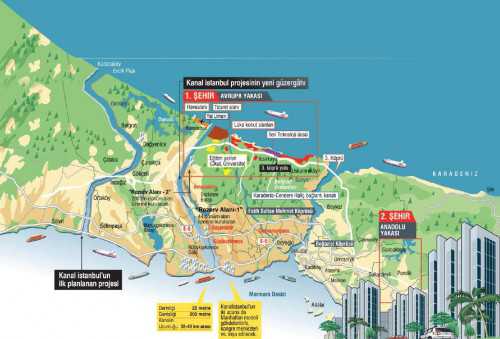
Regardless of whether either of these routes, or another one, are chosen for Kanal Istanbul, it remains a dangerous project for both the Black Sea and the Mediterranean. Photo: Courtesy of Tarık Günersel.
The Turkish government, controlled by the Justice and Development Party (AKP), has announced that it will soon begin construction on Kanal Istanbul, a canal project announced by Prime Minister Recep Tayyip Erdoğan in 2011.
Istanbul is on both the European and Asian sides of the Bosphorus, which is a natural channel that connects the Black Sea to the Marmara, Aegean, and Mediterranean Seas.
Life is words in action, literature is action in words.
Humans are about to destroy their spaceship Earth. Some of them are aware of this and they try to change the course of events. Will they succeed? Will more humans be alarmed and do something?
Literature is vital and translators are messengers of world peace.
Though I shall focus on the literary scene in Turkey and its problems regarding freedom of expression, I shall not omit the other parts of our planet. Today local is global and vice versa.
Tarık Günersel is a poet, playwright, aphorist, librettist and short story writer. He is the president of PEN Turkey and an ex-member of the PEN International Board. He studied English Literature at Istanbul University. A self-exile after the military coup in 1980, he spent four years in Saudi Arabia with his wife Füsun and their daughter Barış, teaching English. A dramaturg at Istanbul City Theater since 1991, he has acted on stage and screen and directed some of his plays. He proposed World Poetry Day in 1997 which was accepted by PEN International and declared by UNESCO as the 21st of March. His translations into Turkish include works by Samuel Beckett, Vaclav Havel and Arthur Miller. His works include The Nightmare of a Labyrinth (mosaic of poems and stories), and How’s your slavery goin’? His Oluşmak (To Become), a “life guide for myself,” includes ideas from world wisdom of the past four millennia.
The proposed channel will be constructed somewhere in Thrace, between the Bosphorus and the city of Edirne, which is near the Bulgarian and Greek borders of Turkey. Two possible routes for the channel have been mapped so far, but neither of them has been declared the official route.
Two scientists, Cemal Saydam of Hacettepe University and Etham Gönenç of Istanbul Technical University, have reported the terrible consequences of Erdogan’s canal:
-The new channel will increase the salinity of the Marmara Sea and severely decrease its oxygen levels.
-Lack of oxygen will end marine life in the Marmara Sea. It is predicted that the Marmara and Bosphorus will suffer from the smell of sulphur. In time the ecology of the Black Sea will also be harmed.
-The part of Thrace that lies between the new channel and the Bosphorus will become an island. The underground water sources that exist there will be replaced by sea water.
– Once put in place, the Kanal Istanbul will be irreversible. The AKP government controls mainstream media and misinforms the public about the project, but its dangerous impact is not limited to the people of Turkey. It will have international effects. Other countries on the Black and the Mediterranean Seas should protest this project.
Turkey’s Minister of Transportation and Communication, Binali Yıldırım, has refrained from mentioning any critical scientific reports. He merely mentions that the channel project is not incompatible with the Montreux Convention.
Now is the time for international scientific and environmental communities to join forces against this hazardous project, pushed by PM Erdoğan and his AKP-controlled government.
via Red Alert: Prime Minister Erdoğan’s Kanal Istanbul Threatens International Ecology! | Sampsonia Way Magazine.

